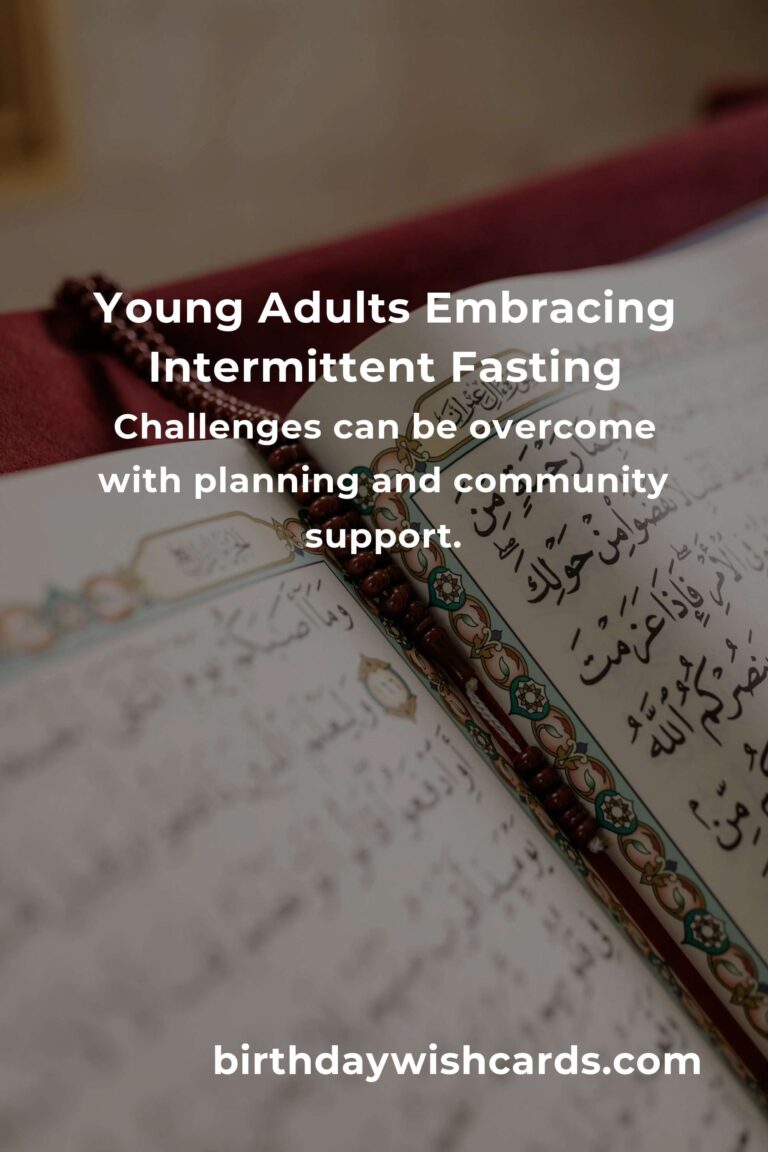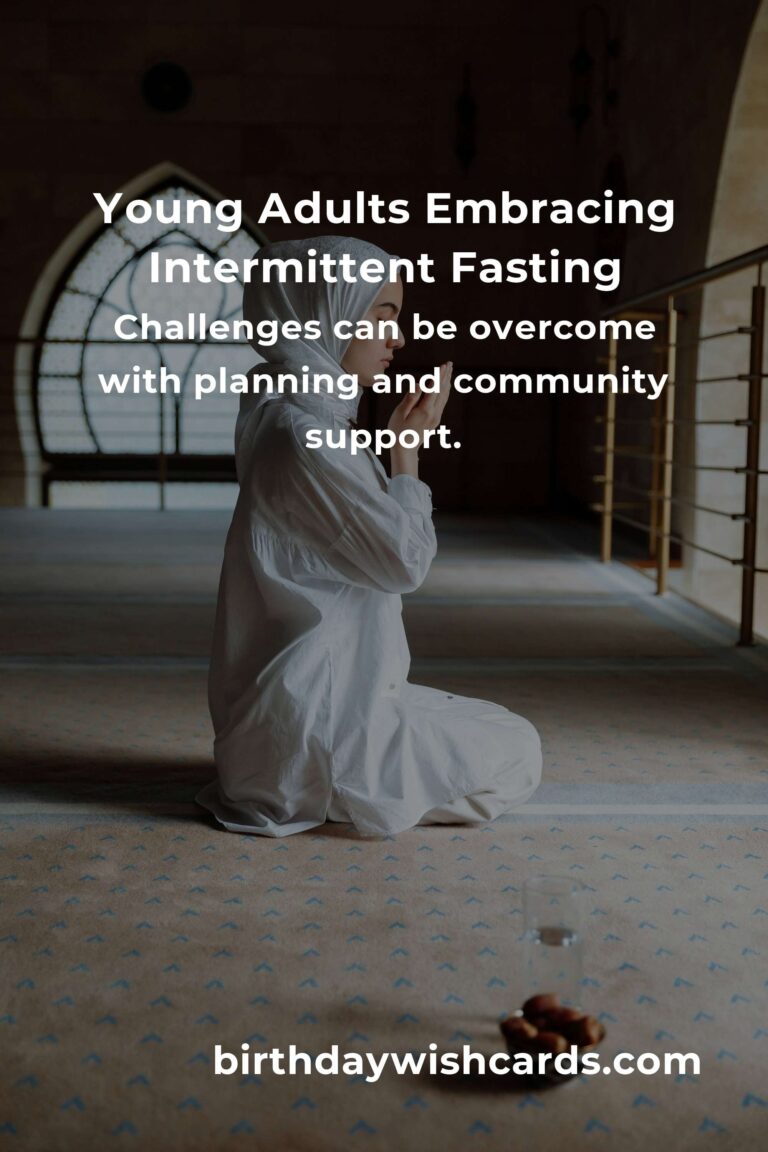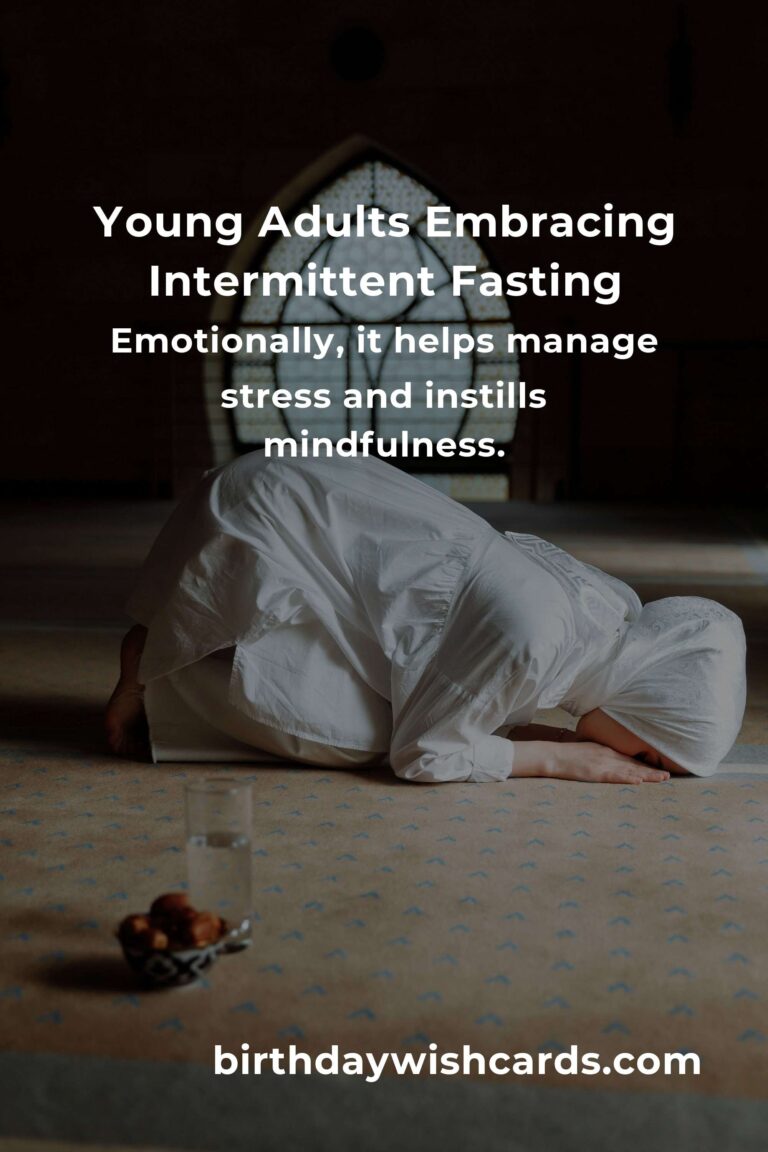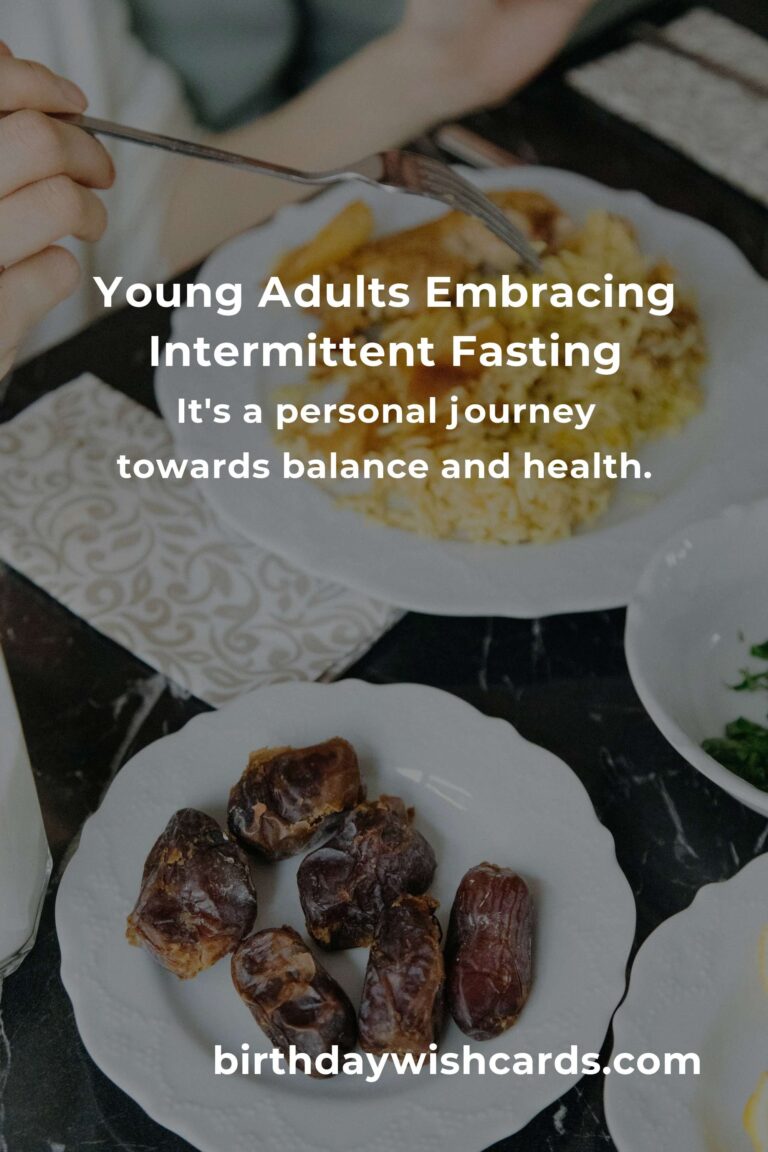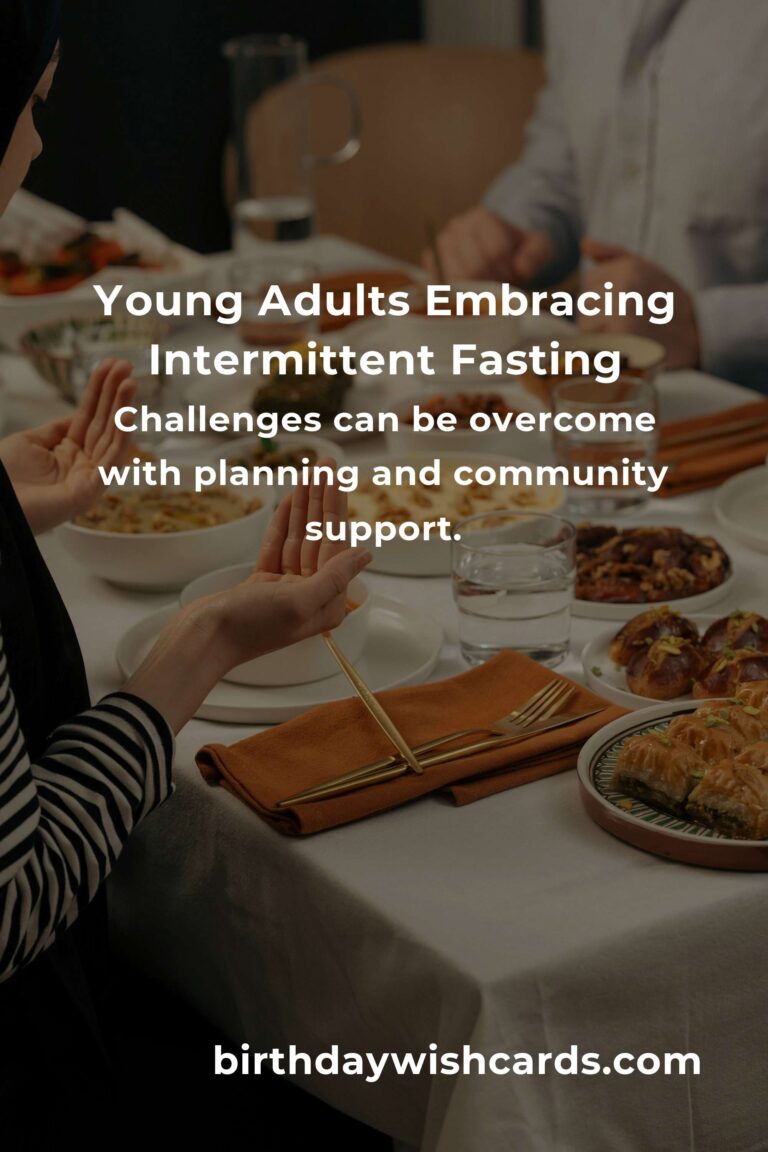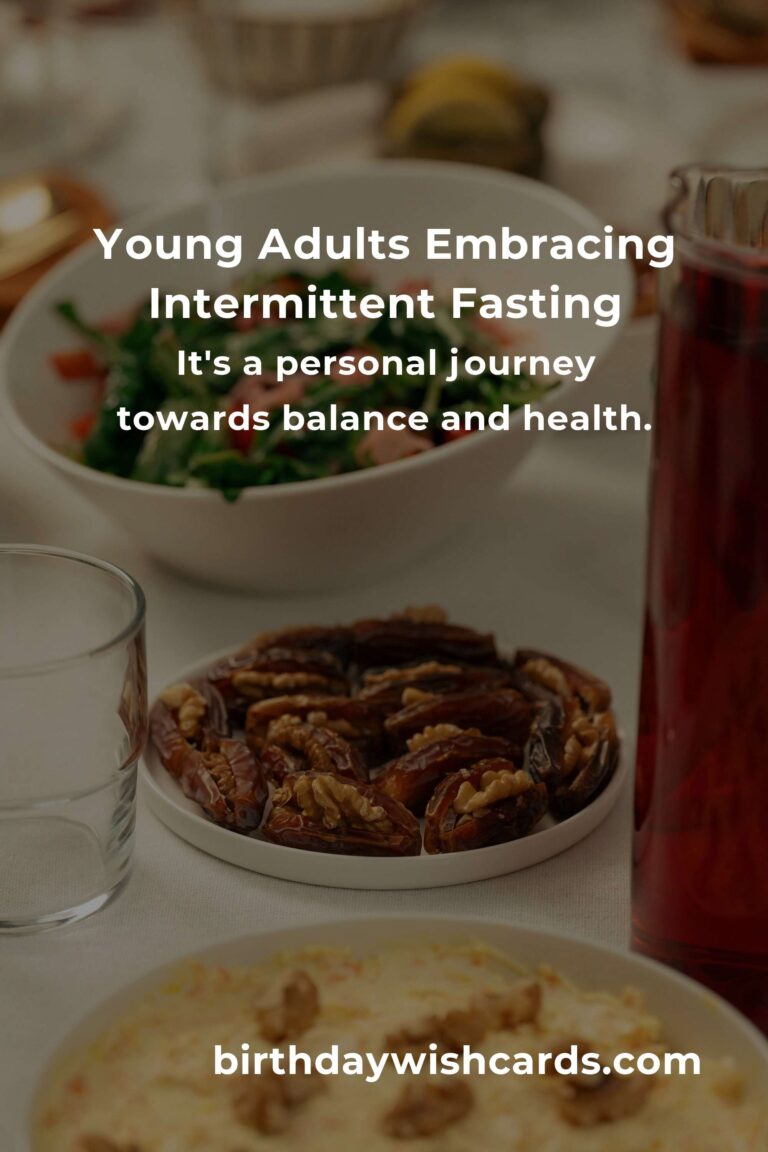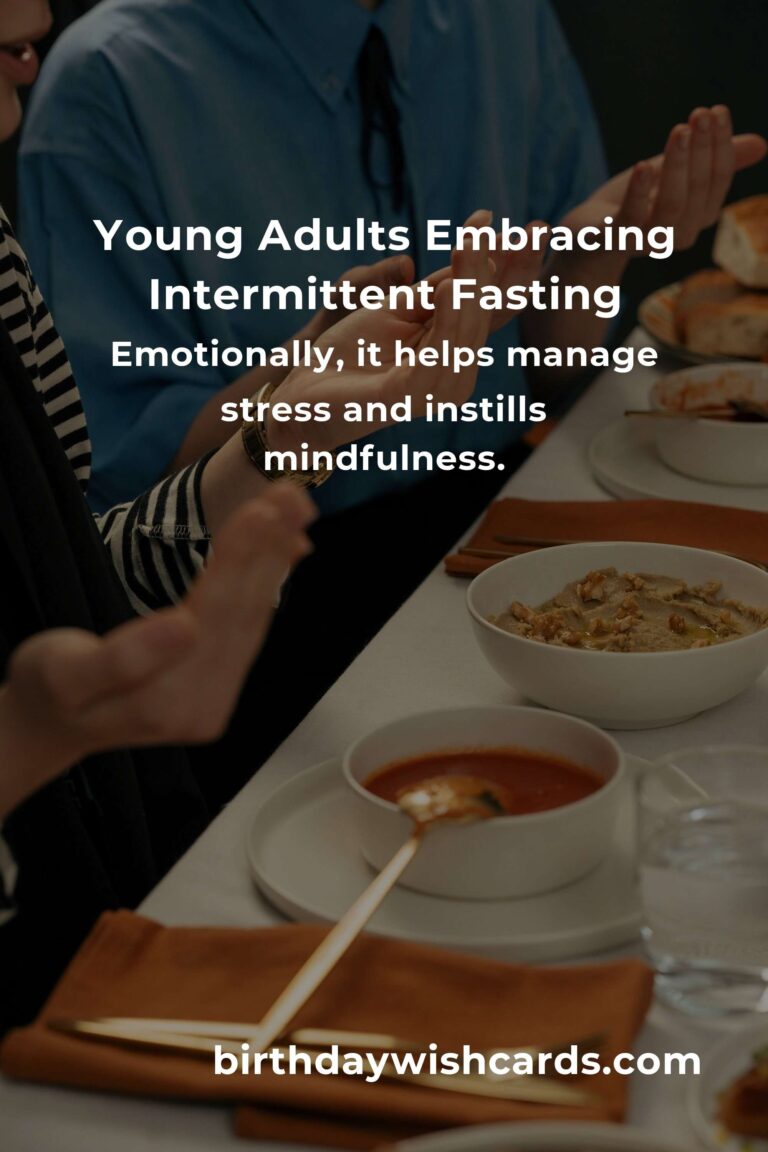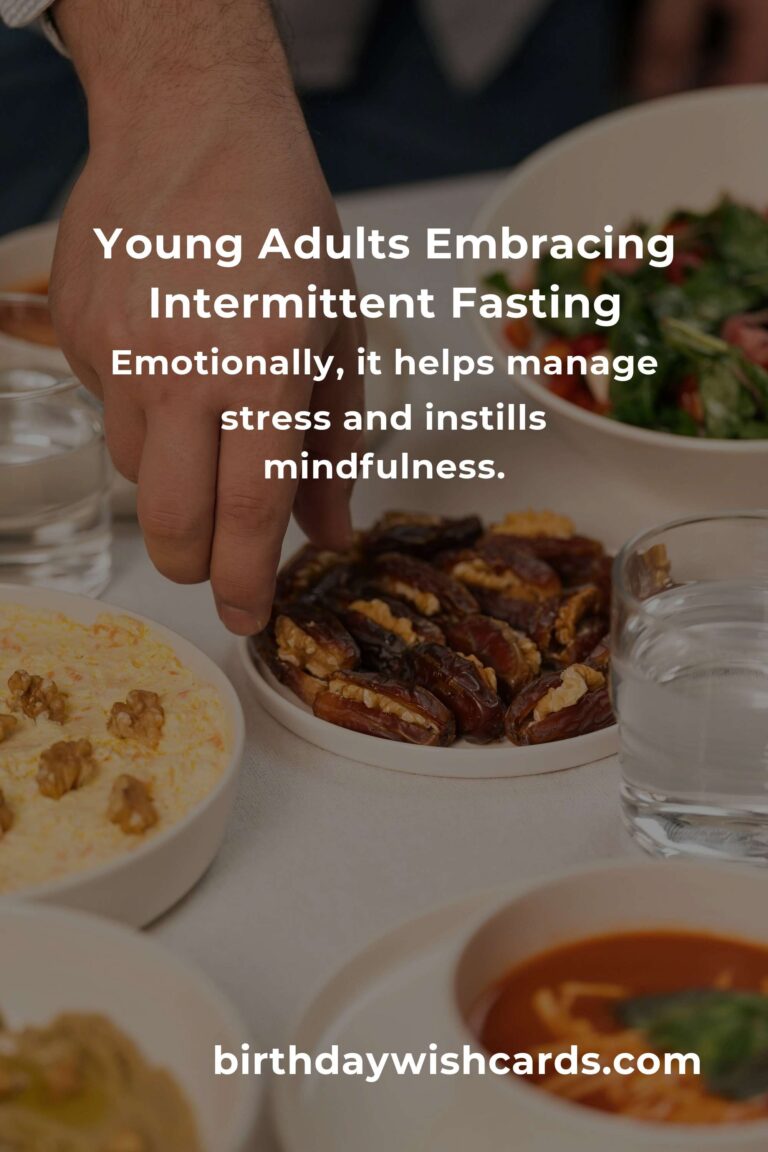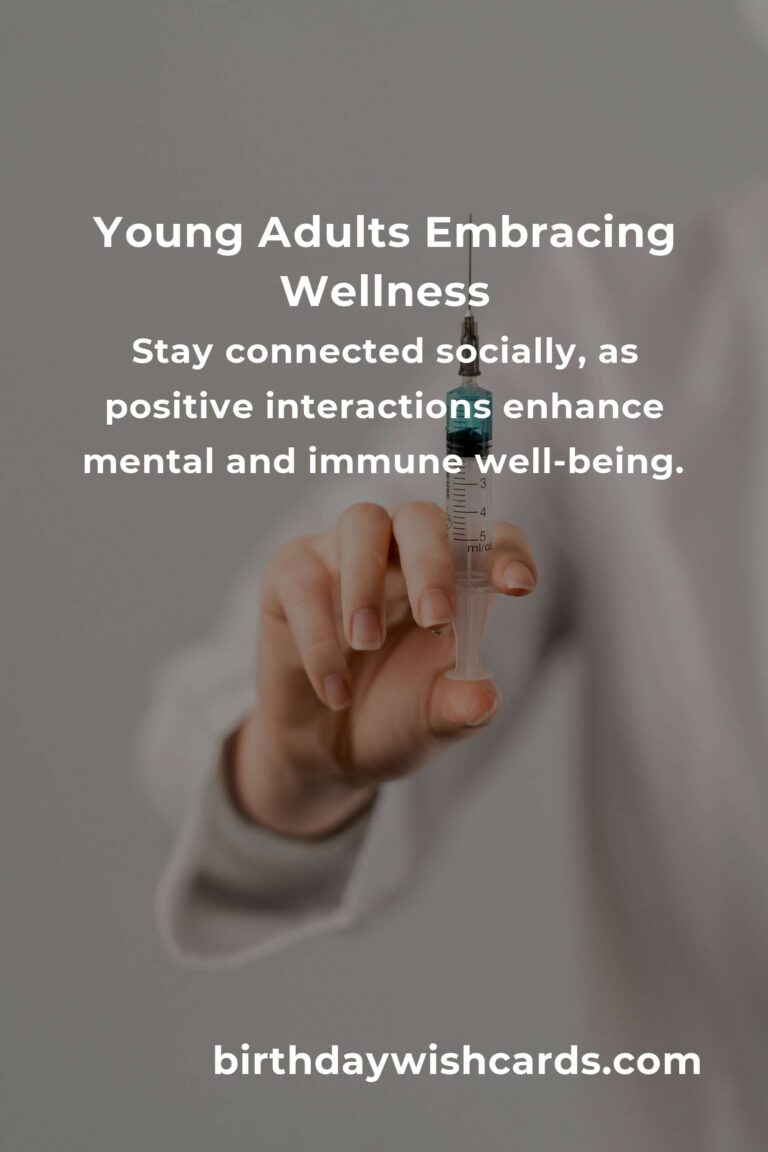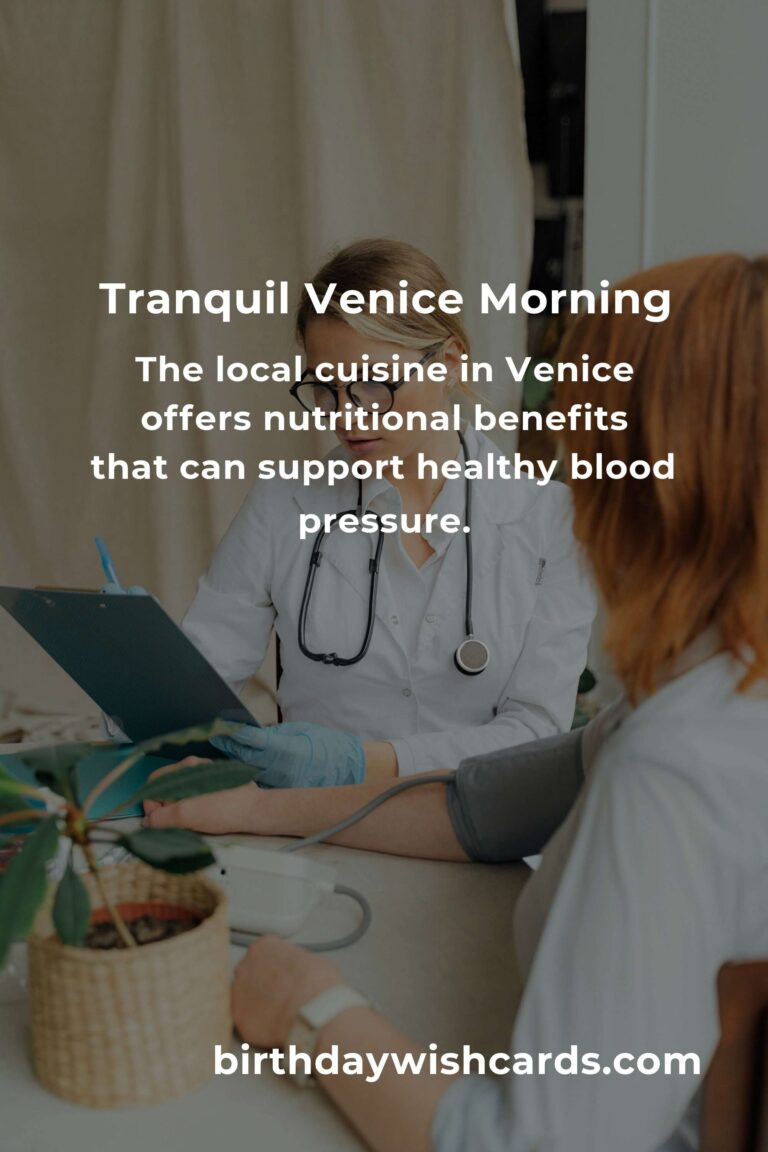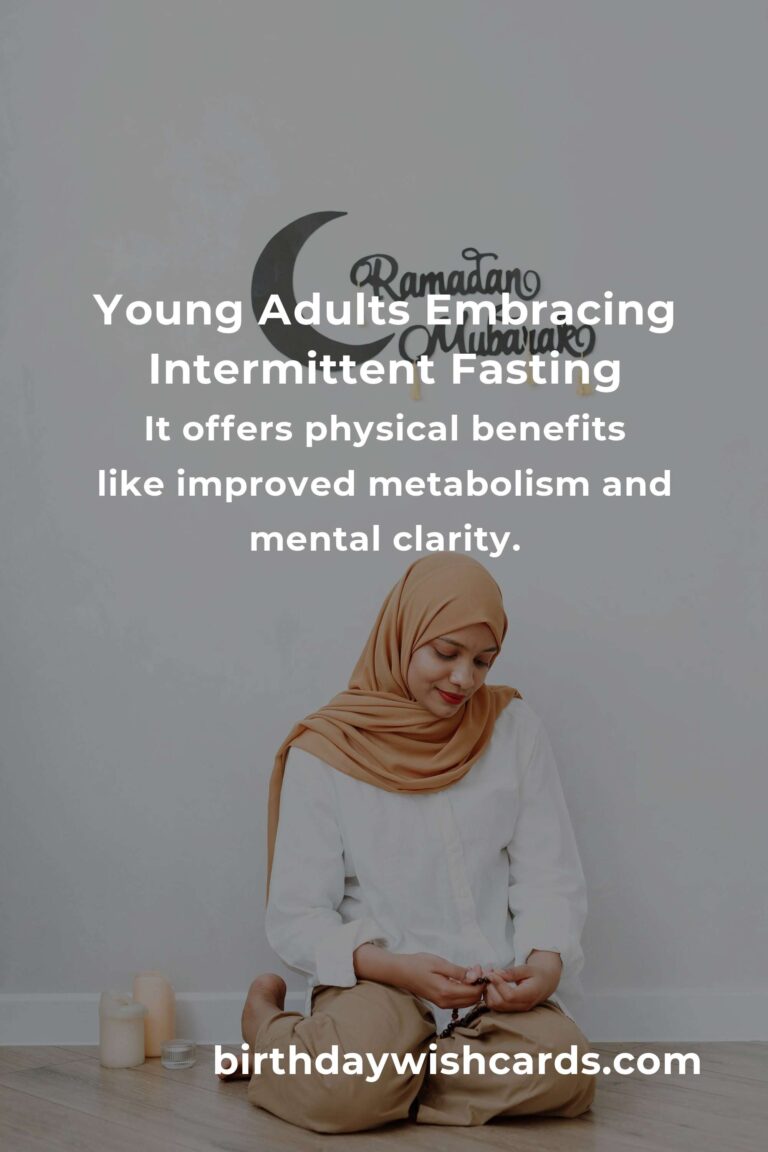
Picture this: a young adult, navigating the vibrant, chaotic world of university life or the early stages of their career, juggling responsibilities, social life, and personal growth. Amidst this whirlwind, maintaining health can often feel like an insurmountable challenge. Yet, many are discovering a simple, ancient practice that offers not just physical benefits but mental clarity and emotional balance: intermittent fasting.
What is Intermittent Fasting?
Intermittent fasting (IF) isn’t a diet, but rather an eating pattern that cycles between periods of fasting and eating. It’s a practice as old as humanity itself, now resurfacing as a popular lifestyle choice among young adults seeking balance amidst their busy lives. The concept is simple – you choose a specific period to eat and another to fast. The most common methods include the 16/8 method (16 hours fasting, 8 hours eating) and the 5:2 method (eating normally for five days, restricting calories for two).
The Science Behind Intermittent Fasting
Research shows that intermittent fasting can boost metabolism, improve mental clarity, and enhance longevity. When we fast, our bodies switch from burning glucose for energy to burning fat, a process known as ketosis. This metabolic switch not only helps in weight management but also reduces inflammation and improves brain function. For young adults, this means more energy, better focus, and a healthier body.
The Emotional Benefits of Intermittent Fasting
Beyond the physical, the emotional journey of intermittent fasting is profound. Imagine shedding not just pounds, but the emotional baggage that often accompanies food. Young adults often face stress and anxiety, and intermittent fasting can help bring a sense of control and peace. By structuring eating habits, individuals learn discipline, mindfulness, and the value of listening to their bodies.
How to Start Intermittent Fasting
Embarking on this journey begins with understanding your own needs. Start slowly by choosing a method that aligns with your lifestyle. For a college student, the 16/8 method might fit well with late-night study sessions and early classes. For those in the workforce, planning meals around work hours can make fasting more manageable.
It’s crucial to listen to your body. Hunger is a natural signal; learning to recognize real hunger versus habitual eating is part of the process. Staying hydrated is key, and consuming nutritious meals during eating windows will enhance the fasting benefits.
Challenges and How to Overcome Them
No journey is without its hurdles. Initial hunger pangs, social gatherings, and the temptation of comfort food can make fasting challenging. But these challenges are also opportunities for growth. Planning social outings around eating windows and finding healthy, satisfying alternatives can turn potential pitfalls into triumphs.
Embrace the support of a community. Sharing experiences with friends or online groups can provide encouragement and accountability.
Conclusion: A Personal Journey
Intermittent fasting is more than a dietary choice; it’s a personal journey towards a balanced life. For young adults, it’s a chance to reclaim health amidst chaos, to find clarity in their ambitions, and to cultivate a deeper connection with their bodies. In this fast-paced world, intermittent fasting offers a moment of pause, a breath of fresh air, and a path to wellness.
Intermittent fasting is a journey to wellness for young adults.
It offers physical benefits like improved metabolism and mental clarity.
Emotionally, it helps manage stress and instills mindfulness.
Starting with a suitable method and listening to your body is key.
Challenges can be overcome with planning and community support.
It’s a personal journey towards balance and health.
#IntermittentFasting #YoungAdultWellness #BalanceAndHealth #MindfulEating

